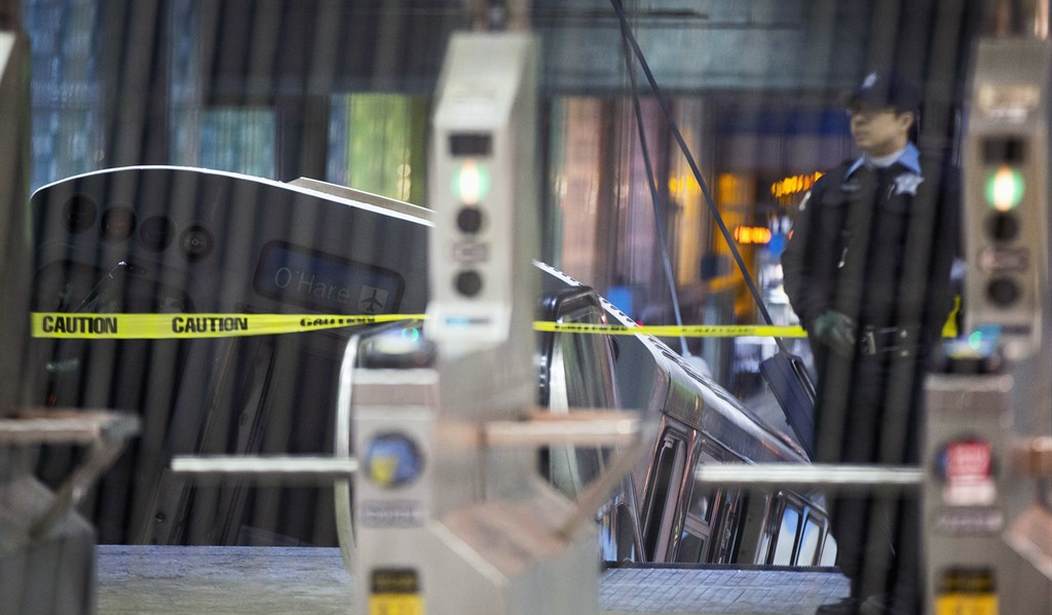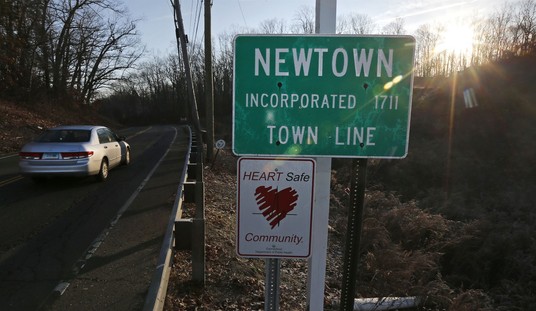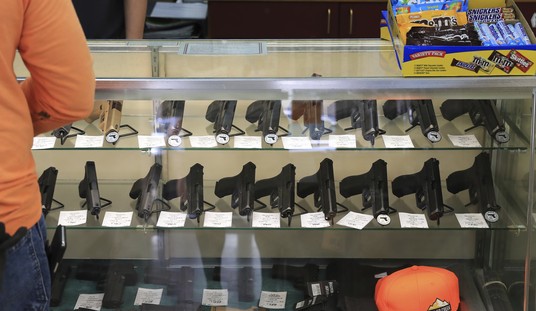Chicago’s public transit system bans the carrying of weapons, even if you possess a concealed carry license, but violent criminals are ignoring that prohibition with impunity.
According to the most recent statistics, there were 488 attacks between January and mid-July on Chicago Transit Authority property, the most the city has seen since 2011, when 511 attacks were recorded in the same time period. And the Chicago Sun-Times reports that violent crimes now make up more than 1/4 of all reported crimes on the transit system, double the percentage seen in both 2018 and 2019.
As the website CWB Chicago pointed out recently, Chicago Police Superintendent David Brown has been touting lower crime stats on trains and buses, but that’s only because minor offenses are decreasing while major crimes like assault and even murder are on the rise.
A 37-year-old man is in serious condition after being stabbed in the neck on the Fullerton Red Line platform Tuesday evening, Chicago police said. But, in an interesting twist, the assailant apparently dropped her phone and ID before she escaped.
Police said the victim and a woman were arguing on a southbound Red Line train when it pulled into the station around 10:30 p.m. They both exited at Fullerton, and the woman stabbed him twice in the neck on the platform. EMS took the victim to Advocate Illinois Masonic Medical Center.
… As recently as Monday, CPD Supt. David Brown boasted that crime on the CTA is down compared to 2019. It’s a claim he has made over and over again, even though violent attacks on the city’s public transportation have soared while CTA ridership has dropped sharply since 2019. The crime “reduction” is due to declines in minor crimes like fare jumping, criminal damage to property reports (think graffiti), and pocket-picking. It’s not easy to pick pockets when, thanks to decimated ridership levels, riders can sit down.
City officials have promised to put more police on public transit, but with the Chicago PD down more than 1,300 officers compared to its budgeted staffing levels, it’s hard to see how they’re going to do that without pulling resources from other parts of the city that are equally or at greater risk of similar crimes.
One step the city won’t be taking (at least not willingly) is dropping its ban on concealed carry on public transit, which not only leaves law-abiding citizens defenseless when they’re on a bus or a train but before and after they get on board. We haven’t seen a lawsuit filed against the CTA carry ban since the Supreme Court issued its decision in Bruen, but a federal lawsuit challenging a similar ban on the Metro system in Washington, D.C. and the Virginia and Maryland suburbs was initiated about a month ago, and a hearing on the request for an injunction is likely to take place this fall.
Gun control advocates and anti-gun politicians have been loudly proclaiming that public transportation should be deemed a “sensitive place” where guns can be banned, though there are plenty of transit authorities across the country that, unlike Chicago and D.C., allow for legally-carried firearms on board rail and bus routes. Heck, even New York City didn’t ban concealed carry from the subway system until after the Bruen decision came down, though the city was quick to reverse course once the state’s “may issue” laws were struck down by SCOTUS.
My hope is that soon these carry bans will be struck down as well, but until they are riders are going to continue to be put at greater risk of a violent robbery or assault by criminals who don’t care that they’re violating a “no guns allowed” policy. Officials like Lori Lightfoot might be willing to shrug off those risks, but then, she’s not reliant on public transportation to get around.









Join the conversation as a VIP Member